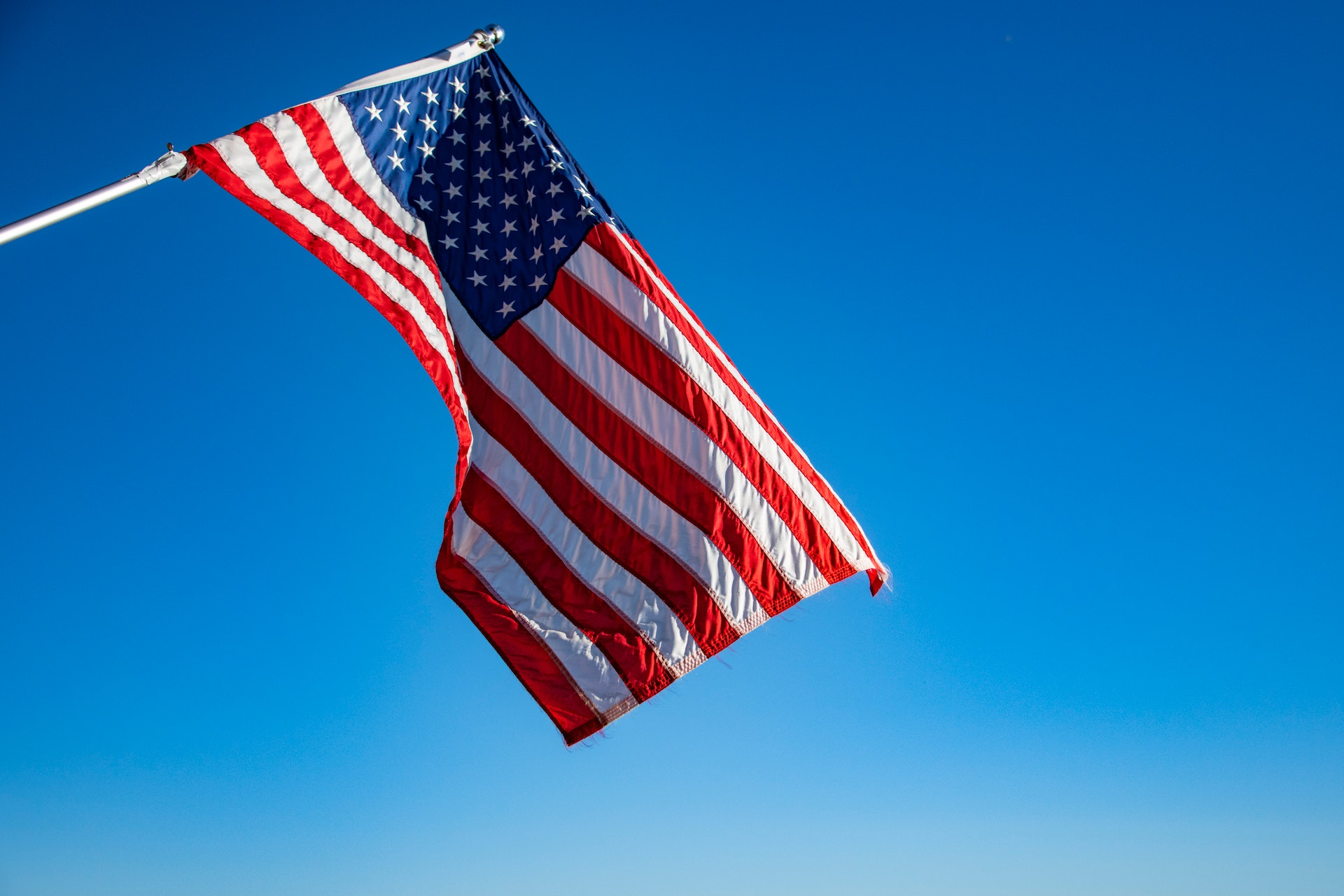INTRODUCTION
The framers of the American Constitution were aware of the defects of the theory of separation of powers. They modified the system of separation of powers by a system of checks and balances to make authorities limited, controlled, and defused.
MEANING OF CHECKS & BALANCES
It is the theory of governmental power and functions whereby each government can counter the actions of any branch so that no single department can control the entire govt.
Example: The executive can check the legislature by exercising its veto power, but the legislature can, by a sufficient majority, override any veto.
SYSTEM OF CHECKS AND BALANCES
Every organ of the U.S. political system checks the powers of other organs. Here, “checks” mean that each government department has a specific ability to delay or cancel the acts of the other two departments.
CHECKS ON CONGRESS
Article 1 of the American Constitution vests all the legislative powers in Congress. However, these powers are checked by other organs of the State.
The President has the legislative powers to send messages to Congress or issue Ordinances himself. Besides, all laws and appropriations are subject to the President’s veto, which two-thirds of each chamber of Congress could nullify. The Supreme Court also checks the powers of Congress by the dominance of Judicial review.
CHECKS ON EXECUTIVE
Article 2 of the Constitution provides that all the executive powers are vested in the President. However, there are many checks on these powers. The Congress checks the powers of appointment of the President.
He cannot appoint high officials, ambassadors, or judges without the approval of the Senate. The Supreme Court is empowered to declare any act of the President unconstitutional and, therefore, null & void if it contravenes the provisions of the Constitution.
CHECKS ON JUDICIARY
Article 3 of the Constitution provides that all the judicial powers are vested in the Supreme Court or inferior courts as may be ordained by Congress. However, the Judge of the Supreme Court and Federal judges are appointed by the President with the advice and consent of the Senate.
He could be impeached by the House of Commons & removed from the jurisdiction of the Federal Court, including some of the jurisdiction of the Supreme Court. The Courts cannot enforce their decisions in most instances but have to rely on National and State officials; the President has the right to pardon.
HOW THE SYSTEM WORKS IN PRACTICE?
(a) Congressional Check upon Executive:
(i) Congress has the power to override the President’s veto.
(ii) It may impeach the President.
(iii) It can reject the President’s budget and requests, including military funds.
(iv) Congress may investigate and reorganize executive branch departments.
(b) Congressional Check upon Judiciary:
(i) Congress may propose amendments to the Constitution to override a supreme court’s ruling.
(ii) It may impeach federal judges.
(iii) It decides the jurisdiction of the courts.
(iv) It can change the size of the Supreme Court.
(v) It can create new and shut down the old federal courts below the Supreme Court level.
(c) Executive Check upon Congress:
(i) The president can veto the laws made by Congress
(ii) He can call special sessions of the Congress.
(iii) In an apolitical party, the President may pressure party members to vote a certain way.
(iv) May appeal directly to citizens to pressure their representations in Congress to vote a certain way
(d) Executive Check upon Judiciary:
(i) The President of the USA nominates the Judges of the Supreme Court and the Judges of the lower federal courts.
(ii) He may grant pardons to persons convicted of violating federal laws.
(iii) He can refuse to enforce a Federal Court order.
(e) Judicial Check upon Congress:
(i) The judiciary has the power to rule that a law passed by Congress and signed by the President is unconstitutional and, therefore, illegal.
(f) Judicial Check upon Executive:
(i) The judiciary can rule that the President or other executive branch members have acted unconstitutionally by exceeding their authority under the law.
(ii) It can also interpret treaties signed by the President.
CONCLUSION
The constitution’s scheme of checks and balances works so that though a department is entrusted with all its powers, its exercise is shared with another department in some critical respect.
FAQs
Discuss the system of Checks and Balances as provided in the U.S. Constitution.
(2019-A, 2012-S, 2011-S, 2010-S)

